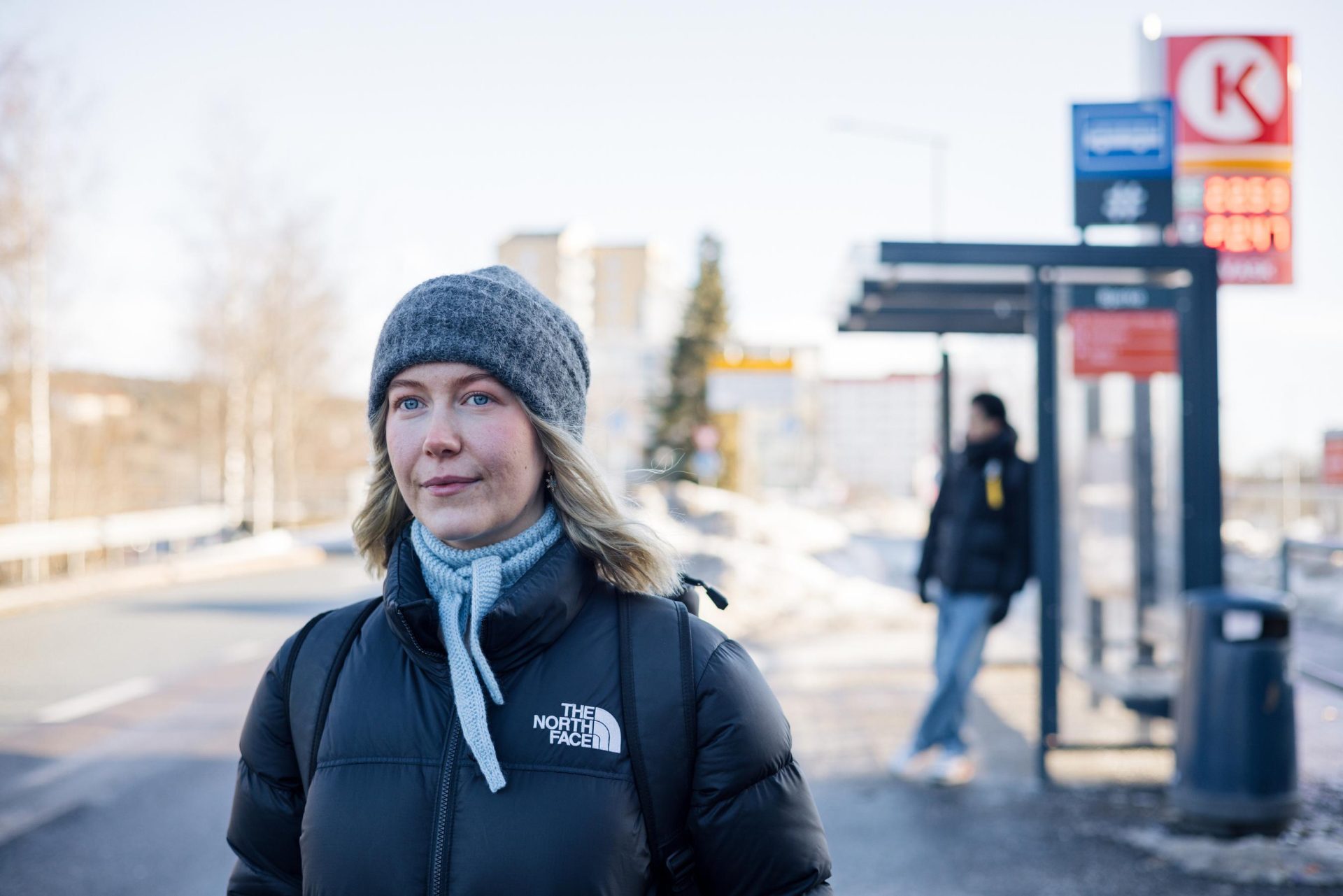Key figures presented in this chapter are related to revenues, costs, subsidies, and production. Key figures have been prepared in total and distributed across the different modes of operation.
Main financial figures
The parent company, Ruter As, had operating revenues of NOK 12,191 million and a profit of NOK 23 million in 2023.
Operating revenues in the Group, which also includes OATS AS, Persveien Eiendom 1 AS, Persveien 23 AS, Persveien 34/36 ANS, and the dormant companies Trafikanten AS, AS Oslo Sporveier and Stor-Oslo Lokaltrafikk a.s, were NOK 12,201 million.
Of the parent company’s operating revenues, ticket revenues and sales of services to Oslo Municipality and Viken County Municipality account for NOK 4,740 million, NOK 3,763 million, and NOK 1,338 million, respectively.
The sale of services to Oslo Municipality and Viken County Municipality finances 42% of public transport in the region. Including the operational portion of Oslo Package 3 and the state incentive scheme, 51% is financed with county and state funds.
The purchase of services from the owners has been a prerequisite for Ruter to maintain normal operations in a year where costs have risen more than revenues.
The total operating costs for the parent company were NOK 12,236 million. Of this, NOK 10,825 million represents costs for the purchase of services and route operations. The Group’s operating costs amount to NOK 12,238 million. The financial results are otherwise described in detail in the Board of Directors’ annual report.
Ticket inspections should not generate a profit
Ruter has never made money from ticket inspections. It is not, and has never been, a goal. Ticket inspections are a good and inexpensive tool that helps ensure more people pay for the service they use. Ticket revenues are absolutely crucial for public transport. They provide Ruter, along with public subsidies, the means to operate and further develop the public transport system.
During the pandemic, ticket inspections were suspended due to infection control concerns. This became clear evidence of the effect of a lack of control. Many people chose not to pay for a ticket when they had to travel by public transport, resulting in significant losses for the public transport system.

Photo: Ruter As / Fartein Rudjord
Fines issued in 2023
Ticket inspection expenses in 2023
Total ticket revenue in 2023
Sharp decline in payment rates during the pandemic
Measures
- Significant increase in the number of passengers checked
- Improved signage indicating that a valid ticket is required before boarding
- Information about zones displayed on onboard screens
- Additional communication measures on dedicated screens at Løren and Tøyen subway stations
Key figures
All financial figures are adjusted to 2023 values.
Revenues
The revenue per trip (including trains) in 2023 was NOK 13.13.
Ticket revenue per trip varies, and regional buses, boats, and trains, with journeys often extending over several zones, naturally have the highest revenue per trip.
In 2023, the revenue was highest for regional buses at NOK 13.93 per trip. Next was NOK 12.85 for boat trips, NOK 10.00 for tram trips, NOK 9.95 for subway trips, and NOK 9.91 for city bus trips.
Trips by subway, tram, and city bus mainly take place within a single zone, which explains the lower revenue per trip. The highest revenue per trip goes to trains, which are currently operated by the Vy Group; the revenue in 2023 was NOK 30.05 per trip.
Efficiency
The cost per trip (excluding trains) in 2023 was NOK 32.18, a decrease from NOK 34.87 in 2022. This corresponds to a reduction of 7.7%. To measure the efficiency of the service, Ruter looks at, among other things, the development in costs per seat kilometer (which is the capacity offered).
Subsidies
Ruter paid an average of NOK 30.05 per trip to Vy in total from ticket revenues and price subsidies. State service purchases are in addition for train traffic and provide the basis for covering a cost that is significantly higher than what Ruter pays.
